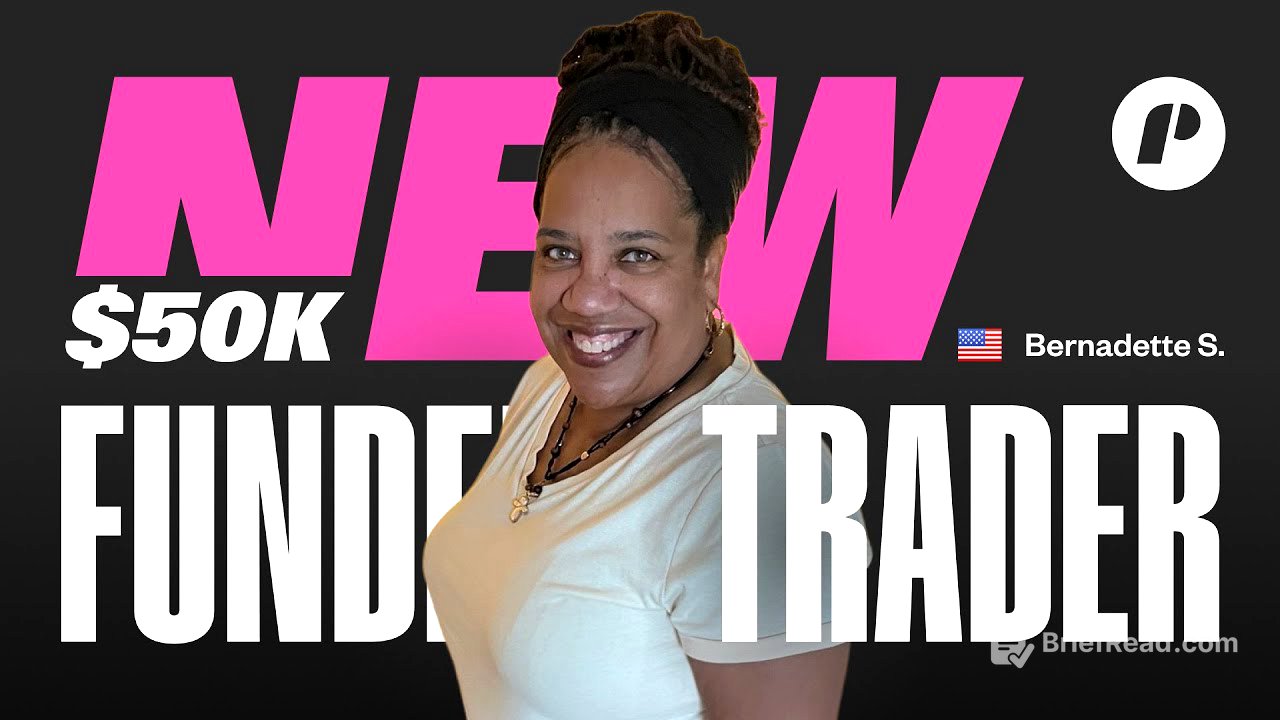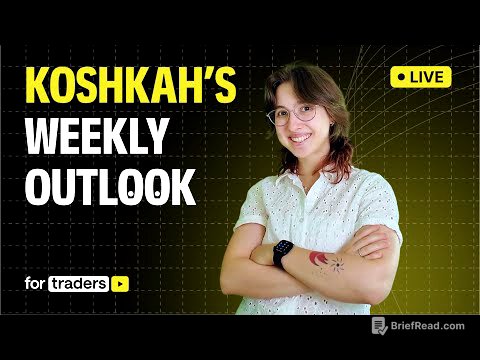TLDR;
Bernadette S., a funded trader at Trade The Pool, shares her journey, challenges, and strategies in stock trading. She discusses the freedom and discipline required when trading with a funded account, the importance of managing risk, and her approach to scalping and shorting stocks in the pre-market. She also touches on her plans to transition to large-cap stocks for better risk management.
- Freedom requires discipline
- Risk management is crucial
- Scalping and shorting strategies
- Transitioning to large-cap stocks
Bernadette S. interview highlight [0:00]
Bernadette expresses her excitement about the freedom Trade The Pool offers compared to her previous experiences with platforms like Weeble, where trading was limited. She appreciates the ability to trade at any size, any time, including pre-market and after-market, but acknowledges the need for discipline to manage this freedom effectively.
Background and return to trading after injury [1:20]
Bernadette recounts her early exposure to trading, learning the basics from a friend about 25 years ago. After an injury as a truck driver, she decided to pursue trading full-time. She initially traded on a small offshore account, but found it challenging to maintain due to fees and limited capital.
Discovering stock prop firms and funded accounts [2:23]
Bernadette began researching prop firms after facing challenges with her small offshore account. She was particularly interested in finding a prop firm that allowed her to trade stocks, as she was not familiar with Forex. She discovered Trade The Pool through the proper centers and was excited about the opportunity to trade with more capital and without the limitations of the pattern day trader (PDT) rule.
Overtrading, a common issue [3:31]
Since joining Trade The Pool in April, Bernadette has been funded multiple times. However, she admits to initially overtrading due to the newfound freedom, leading to inconsistent results. She emphasises the importance of developing boundaries and finding her edge to manage the freedom effectively.
Journey beyond funding phase [4:47]
Bernadette highlights that achieving funding is not the end of the journey. She realised that managing herself and her trading habits is crucial for sustained profitability. She initially tried to increase her trade size immediately after getting funded, but found this approach detrimental.
Mindset on trade reversals [6:08]
Bernadette discusses her struggle with sizing up too quickly and the mindset of believing a trade will turn around. In the pre-market, where stop-loss orders are not always effective, she often holds onto losing trades for too long, hoping they will recover, which can lead to significant losses.
Dashboard stats review [7:36]
The interviewer shares Bernadette's dashboard, showing her $50,000 funded account. The dashboard tracks stats and progress, highlighting her initial success followed by a drop due to a single trade. This reinforces the point that one bad trade can erase significant profits.
Pre-market shorting strategy [8:18]
Bernadette explains her pre-market trading strategy, which involves shorting stocks that experience a "pop and drop". She initially tried going long on these stocks but found shorting more effective. She builds a position early in the morning and aims to profit from the expected drop.
High win rate with interesting risk-reward [9:25]
Bernadette's trading statistics reveal a high success rate of 95%, but a negative risk-reward ratio of 0.1. This means she wins most of her trades, but her average profit is significantly lower than her average loss. She takes numerous short trades, but a single losing trade can wipe out a substantial portion of her profits.
Scalping for daily targets [10:29]
Bernadette's strategy involves scalping, aiming for a certain number of small profits each day to reach a daily target. However, she admits to struggling with cutting losses, often holding onto losing trades for too long in the hope of a reversal, which can result in large losses. She uses Fibonacci retracement levels to try and time her entries and exits.
Managing large losses [11:42]
Bernadette acknowledges the need to improve her stop-loss discipline to avoid large losses. She admits that the freedom provided by the funded account sometimes leads to recklessness, as she is more inclined to hold onto losing trades than she would be with her own money.
Plan to reduce share size [13:05]
To address the issue of large losses, Bernadette plans to reduce her share size and implement stricter manual stop-loss orders. She aims to avoid sizing up too quickly and to cut losses early, even if it means missing out on potential reversals.
Shifting to large cap stocks [14:16]
Bernadette expresses her desire to transition to trading large-cap stocks like Tesla and Nvidia, which she believes will allow her to manage risk more effectively. She anticipates that large-cap stocks will be less prone to sudden pops and drops compared to penny stocks, and the increased liquidity will allow for better stop-loss execution.









